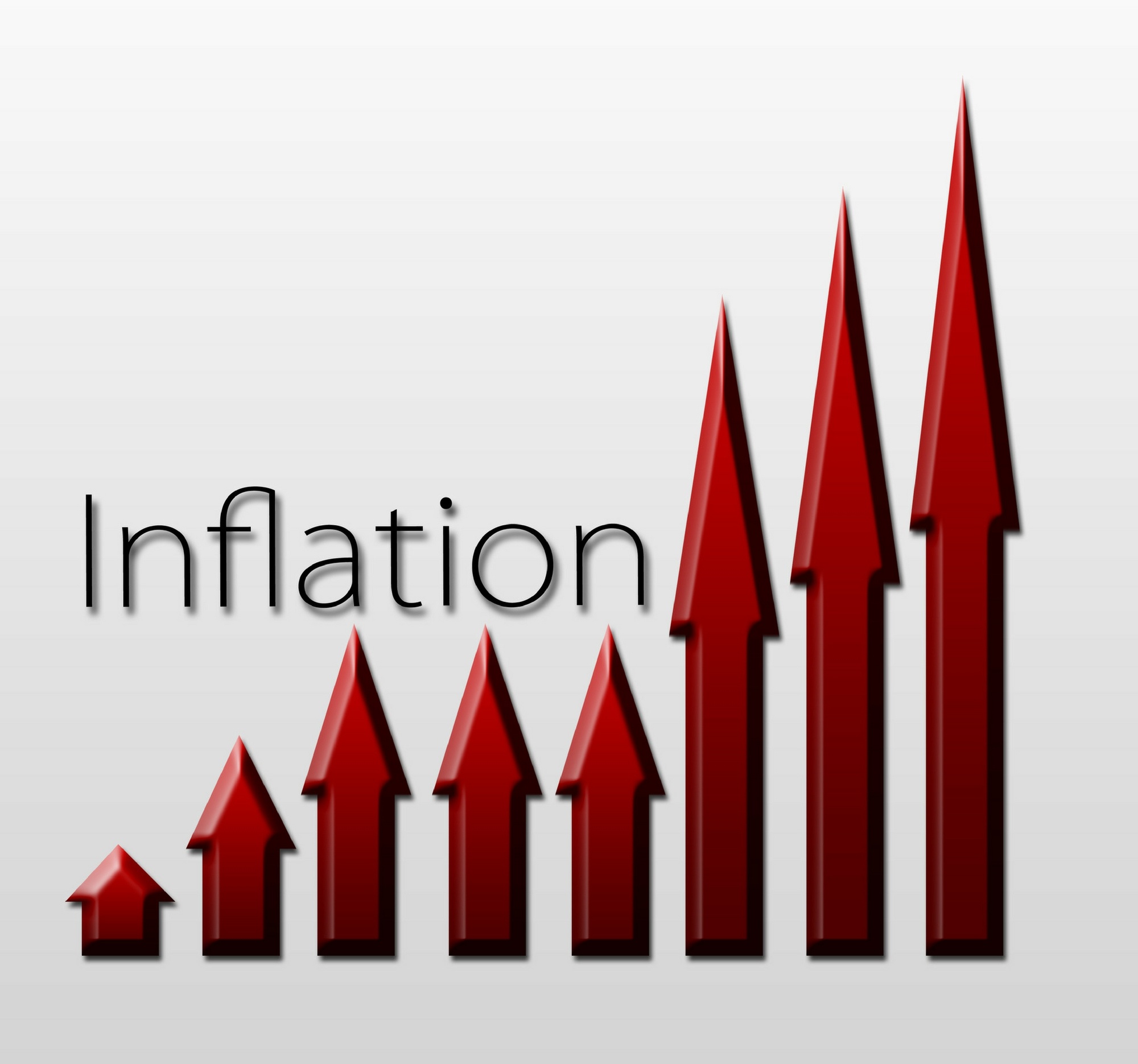The Low Inflation Economy: What It Means For You (Podcast)

Table of Contents
H2: The Definition and Causes of Low Inflation
What exactly constitutes a "low inflation economy"? Low inflation is generally defined as a sustained period where the annual inflation rate remains below 2%. It's important to distinguish low inflation from disinflation, which refers to a slowing of the inflation rate, and deflation, which is a sustained decrease in the general price level. While low inflation is generally considered positive, deflation can be harmful, potentially leading to a deflationary spiral.
Several factors contribute to a low inflation economy:
- Global Economic Slowdown: Periods of slower global economic growth can suppress demand, leading to lower prices. Recent global events have played a significant role in this.
- Technological Advancements and Increased Productivity: Technological innovation often leads to increased efficiency and lower production costs, which can translate into lower prices for consumers.
- Changes in Consumer Behavior and Spending Habits: Increased price awareness and a shift towards value-conscious consumption can put downward pressure on prices. The rise of online shopping and price comparison websites are key factors here.
- Government Policies (Monetary and Fiscal): Central banks utilize monetary policy tools, such as interest rate adjustments, to control inflation. Fiscal policies, including government spending and taxation, also influence the overall economic climate and, consequently, inflation. Examples include quantitative easing and government stimulus packages.
Examples of countries experiencing periods of low inflation include certain Eurozone countries, parts of Asia, and some regions in North America. The specific economic conditions and policy responses vary across these regions, offering valuable case studies for understanding the complexities of a low inflation economy.
H2: The Impact of Low Inflation on Consumers
While often portrayed as positive, low inflation has both advantages and disadvantages for consumers:
Benefits of Low Inflation:
- Increased Purchasing Power: When prices rise slowly or not at all, your money goes further, allowing you to buy more goods and services.
- Lower Borrowing Costs: Low inflation typically translates to lower interest rates on loans, making borrowing more affordable for consumers.
- Stable Prices for Essential Goods and Services: Stable prices provide predictability, making budgeting and financial planning easier.
Drawbacks of Low Inflation:
- Potential for Deflationary Spirals: A persistent decline in prices (deflation) can discourage spending, as consumers anticipate even lower prices in the future, leading to a downward economic spiral.
- Reduced Consumer Confidence and Spending: Low inflation, especially if prolonged, may lead to uncertainty and decreased consumer confidence, potentially hindering economic growth.
- Impact on Wage Growth: Low inflation can sometimes suppress wage growth, as employers may be less inclined to increase wages significantly when prices remain stable.
Saving and Investing Strategies in a Low Inflation Environment: To counteract the eroding effects of low inflation on savings, consider diversifying your investment portfolio. Higher-yield bonds, stocks with strong growth potential, and real estate can help protect your savings from the impacts of a low inflation economy.
H2: Impact of Low Inflation on Businesses
Low inflation presents a mixed bag for businesses as well:
Challenges for Businesses:
- Reduced Profit Margins due to Lower Pricing Pressure: In a low inflation environment, businesses may find it difficult to raise prices, potentially squeezing profit margins.
- Increased Difficulty in Raising Prices: Competition and consumer sensitivity to price increases can make it challenging to pass on increased costs to consumers.
- Potential for Decreased Investment and Hiring: Uncertainty surrounding demand and profit margins can discourage businesses from investing and hiring.
Opportunities for Businesses:
- Increased Consumer Spending on Non-Essential Goods: Stable prices can boost consumer confidence, leading to increased spending on non-essential items.
- Potential for Market Share Gains: Businesses that can maintain efficiency and offer competitive pricing might gain market share.
- Incentives to Invest in Innovation and Efficiency: Low inflation can encourage businesses to focus on innovation and efficiency improvements to maintain profitability.
H2: Government Policies and Low Inflation
Governments play a crucial role in managing inflation through monetary and fiscal policies:
- Monetary Policy: Central banks, such as the Federal Reserve in the US or the European Central Bank, use monetary policy tools to influence inflation. These tools include adjusting interest rates and managing the money supply. Raising interest rates generally cools down the economy and reduces inflation, while lowering rates stimulates economic activity.
- Fiscal Policy: Governments utilize fiscal policy—government spending and taxation—to influence economic activity and inflation. Increased government spending can boost demand and potentially increase inflation, while tax increases can have the opposite effect.
- International Trade and Low Inflation: Global trade and exchange rates have a significant impact on inflation. Fluctuations in exchange rates can affect the prices of imported goods, influencing the overall inflation rate.
H3: Conclusion: Navigating the Low Inflation Economy
A low inflation economy presents both opportunities and challenges for consumers and businesses. Understanding the dynamics of a low inflation economy, including its causes, impact, and government responses, is critical for making informed financial decisions. By implementing appropriate saving and investment strategies, businesses can adapt and thrive, while consumers can protect their purchasing power. Learn more about navigating the complexities of a low inflation economy by listening to our insightful podcast! [Link to Podcast]

Featured Posts
-
 Selena Gomezs Allegations Did She Call Out Taylor Swift And Blake Lively The Justin Baldoni Factor
May 27, 2025
Selena Gomezs Allegations Did She Call Out Taylor Swift And Blake Lively The Justin Baldoni Factor
May 27, 2025 -
 3 Aprile 2024 Almanacco Eventi Storici Compleanni E Proverbio
May 27, 2025
3 Aprile 2024 Almanacco Eventi Storici Compleanni E Proverbio
May 27, 2025 -
 Find Yellowstone 1923 Season 2 Episode 5 Online For Free Tonight
May 27, 2025
Find Yellowstone 1923 Season 2 Episode 5 Online For Free Tonight
May 27, 2025 -
 Will Ospreays Aew Praise Mark Henry On Revolution Main Event Mercedes Mones Identity
May 27, 2025
Will Ospreays Aew Praise Mark Henry On Revolution Main Event Mercedes Mones Identity
May 27, 2025 -
 The Best Streaming Services For Movies A What The Tech Analysis
May 27, 2025
The Best Streaming Services For Movies A What The Tech Analysis
May 27, 2025
